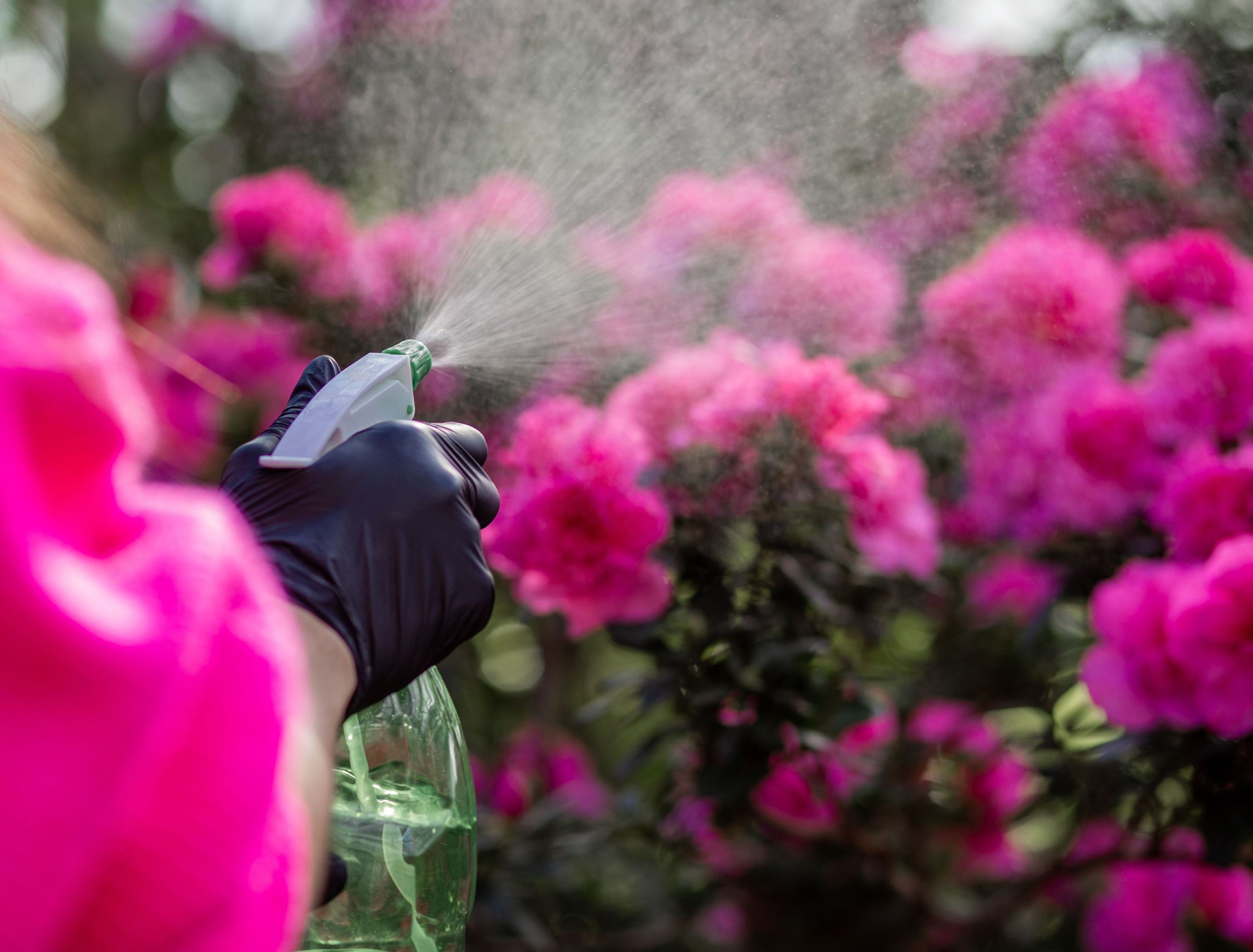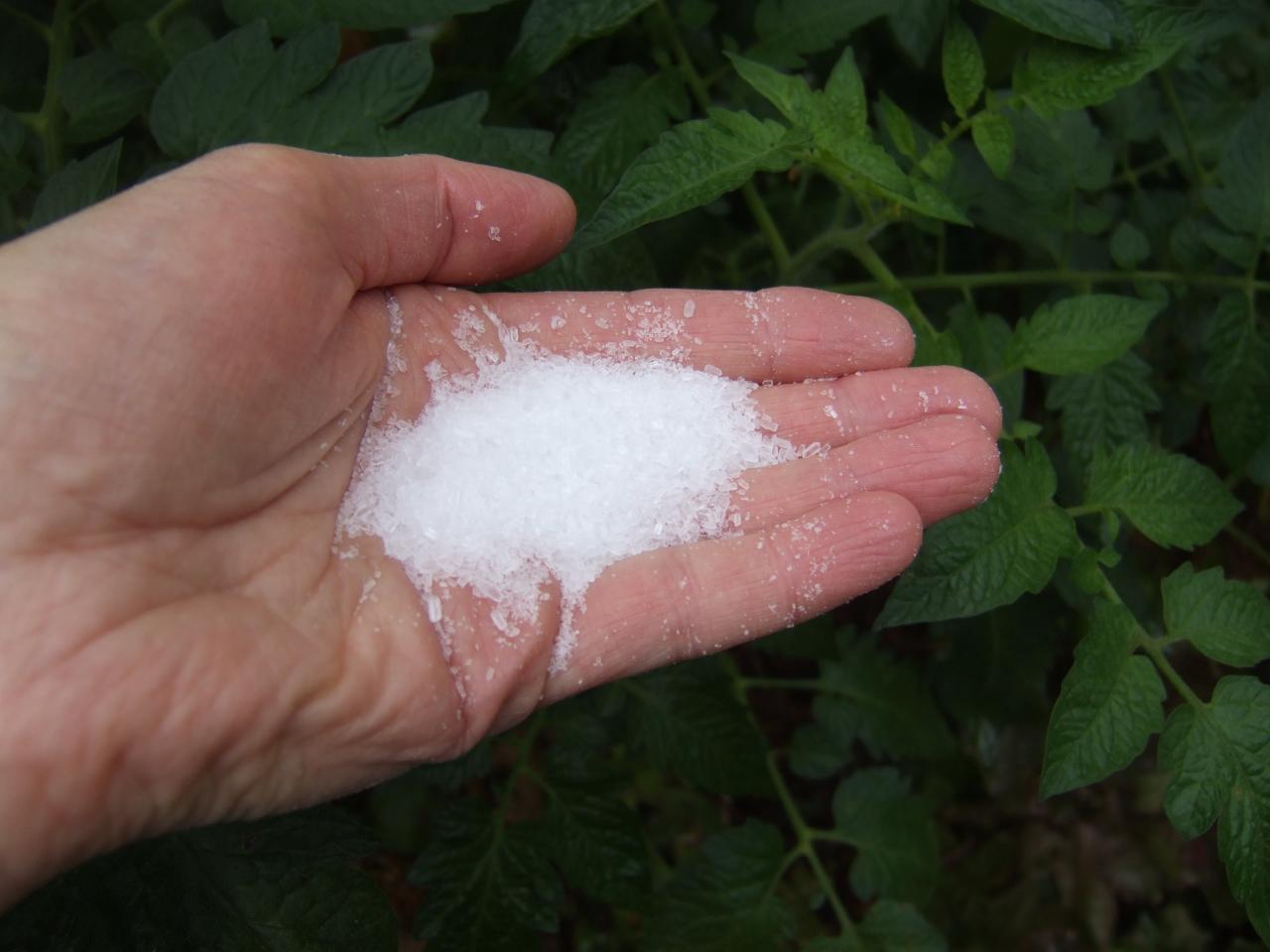Yard Mistakes: What Plants Don't Like Epsom Salt and Exactly How to Prevent Them
Yard Mistakes: What Plants Don't Like Epsom Salt and Exactly How to Prevent Them
Blog Article
Discover the Particular Plants That Are Detrimentally Affected by Epsom Salt Application
Epsom salt, a prominent home remedy for different horticulture issues, is often praised for its useful results on plant growth. Nevertheless, not all plants respond positively to its application. Comprehending the certain plants that can be detrimentally impacted by Epsom salt is essential for any type of garden enthusiast aiming to optimize their plant care regimen. Roses, tomatoes, peppers, rhododendrons, and azaleas are just a few examples of plants that may not react well to Epsom salt. The reasons behind these negative results and just how to minimize them are important expertise for keeping a thriving garden.
Roses

Roses, especially conscious changes in their setting, can be negatively affected by the application of Epsom salt. While Epsom salt is typically used as a plant food to promote plant development and boost flowering, roses are one of the plants that do not react well to its application. The high magnesium material in Epsom salt can hinder the uptake of other vital nutrients by the rose plants, leading to shortages that materialize as yellowing fallen leaves or stunted development.

Tomatoes
While Epsom salt is typically proclaimed as a solution for different plant problems, including blossom end rot in tomatoes, its application can lead to destructive results if not made use of deliberately. Extreme Epsom salt, which is magnesium sulfate, can interrupt the delicate nutrient equilibrium required by tomatoes, possibly leading to deficiencies in other essential nutrients like calcium. When taking into consideration the usage of Epsom salt on tomatoes, it is essential to adhere to recommended application prices and soil screening to stop unexpected effects on the general health and performance of these beloved yard plants.
Peppers
Peppers, prized for their numerous colors and degrees of spiciness, can show susceptibility to adverse influences from Epsom salt when not applied with care and consideration for their certain nutritional demands. what plants don't like epsom salt. Peppers, coming from the Solanaceae family members, require a fragile balance of nutrients to grow. While Epsom salt is understood to enhance magnesium degrees in plants, extreme application can interrupt this equilibrium, bring about unfavorable impacts on pepper plants
When peppers are subjected to high degrees of magnesium from Epsom salt, it can disrupt the plant's capacity to absorb other essential nutrients like calcium and potassium. This discrepancy may materialize in signs and symptoms such as leaf staining, stunted growth, and reduced fruit production. In addition, the excessive magnesium can change the dirt pH, further intensifying nutrient uptake concerns for peppers.

Rhododendrons
Provided the level of sensitivity of particular plant species to imbalances triggered by Epsom salt, it is crucial to consider the impact on Rhododendrons, which likewise need certain nutrient levels to flourish. Rhododendrons are acid-loving plants that choose acidic soil conditions with a pH variety between 4.5 and 6.0. Epsom salt, chemically called magnesium sulfate, can change the soil pH and interrupt the delicate balance of nutrients essential for Rhododendron health.

To maintain the optimum development and health of Rhododendrons, it is vital to prevent the indiscriminate usage of Epsom salt and instead concentrate on giving the certain acidic soil conditions and nutrients that these plants need for growing.
Azaleas
Azaleas, understood for their vibrant blossoms and broad series of shades, are ornamental hedges that come from the Rhododendron genus. These preferred flowering plants are commonly located in gardens, parks, and landscapes because of their appeal and flexibility. Azaleas are delicate to modifications in dirt pH levels, which can significantly influence their development and general wellness. While Epsom salt is frequently made use of as a treatment for magnesium shortage in plants, its application to azaleas can have damaging results.
Azaleas prefer slightly acidic soil conditions, and an extra of magnesium from Epsom salt can disrupt this balance, leading to nutrient discrepancies and potential poisoning concerns. The inaccurate application of Epsom salt can result in stunted development, yellowing of fallen leaves, and general decline in the wellness of azaleas.
Conclusion
Finally, it is necessary to be knowledgeable about the specific plants that can be negatively impacted by the application of Epsom salt. Roses, tomatoes, rhododendrons, peppers, and azaleas next are some instances of plants that may not profit from Epsom salt and can explanation even experience injury. It is crucial to research and comprehend the demands of each plant species before making use of Epsom salt as a plant food to ensure their wellness and health.
Understanding the particular plants that can be negatively influenced by Epsom salt is essential for any type of garden enthusiast looking to maximize their plant care routine. While Epsom salt is generally used as a fertilizer to promote plant growth and improve flowering, roses are one of the plants that do not react well to its application.Too much usage of Epsom salt can also result in a build-up of salts in the soil, leading to root damage and dehydration of the rose plants. While Epsom salt is understood to enhance magnesium levels in plants, extreme application can disrupt this balance, leading to negative results on pepper plants.
The high salt web content in Epsom salt can additionally dehydrate Rhododendron origins, creating more stress and damages to the plant. (what plants don't like epsom salt)
Report this page